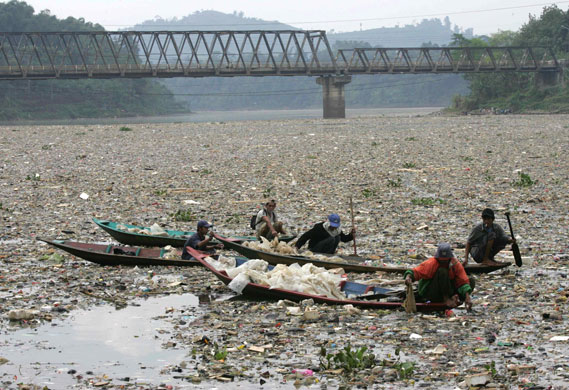 |
| Impending spring |
 |
| Tiger-eye maple? No, just low tide artistry |
 |
| 9488 0402 ME 01 EEZ |
This one actually isn't too hard. You see, the surface of the ocean -- where plastic things float -- is NOT the whole ocean. On the surface, northerly or westerly winds can push the upper layer of water out to the open sea. (Surrounding seawater then rushes in to fill the void.) Meanwhile, on the sea floor, currents and tides can be dragging heavy objects like lobster traps the exact opposite direction. A few feet at a time, for years & years. Check out the Gulf of Maine Observing System's website. On some buoys, you can see real-time readings of current direction & speed from the surface all the way to 250 meters down! Sometimes they align; sometimes they're vastly different worlds.
Anyway, intrigued, I decided to carve some follow-up time the next day. Welcome back to Bay View, March 10, 9:00AM. Low tide, and winds had been from the east all night, strong & blustery. Was this a flotsam-maker?? Well...
 |
| Yes and no |
So. What would that mean for other flotsam? Still almost nothing! No kelp, seaweed, or plastic. Really intrigued, I made one more check at the afternoon high-tide. Welcome back, yet again, March 10, 3:00PM:
 |
| Energy |
 |
| Seen better days |
28 finds:
- Building materials: 1 (asphalt chunk)
- Foam/Styrofoam: 1 (bit of styrofoam)
- Fishing misc.: 4 (2 rope scraps, claw band, lobster trap coating)
- Food-related plastics: 3 (corner tag, 2 bottlecap o-rings)
- Food-related metal/glass: 5 (Twisted Tea bottle, can scrap, 3 bits of sea glass)
- Non-food/unknown plastics: 11 (inc. tub-surround scrap?, o-ring, Wal-Mart bag, half a pair of goggles, tampon applicator & its accompanying package, latex glove scrap?, upholstery scrap)
- Cigarette filters/plastics: 1
- Paper/wood: 2 (tissue, stick from small firework)
- Misc./unique: 0
And what about Zone S?
16 finds:
- Building materials: 2 (asphalt, fence slat)
- Foam/Styrofoam: 1 (styrofoam bit)
- Fishing misc.: 4 (2 rope scraps, shotgun shell, clawband)
- Food-related plastics: 0
- Food-related metal/glass: 1 (can scrap)
- Non-food/unknown plastics: 7 (including bandaid, thin pipette, wristband)
- Cigarette filters/plastics: 1
- Paper/wood: 0
- Misc./unique: 0
With Weather Underground & NERACOOS's excellent archives, I might be able to make some sense of it. Til then, nothing to do but enjoy the mystery & wonder of the sea. And however many strolls along a clean beach I can get.
























